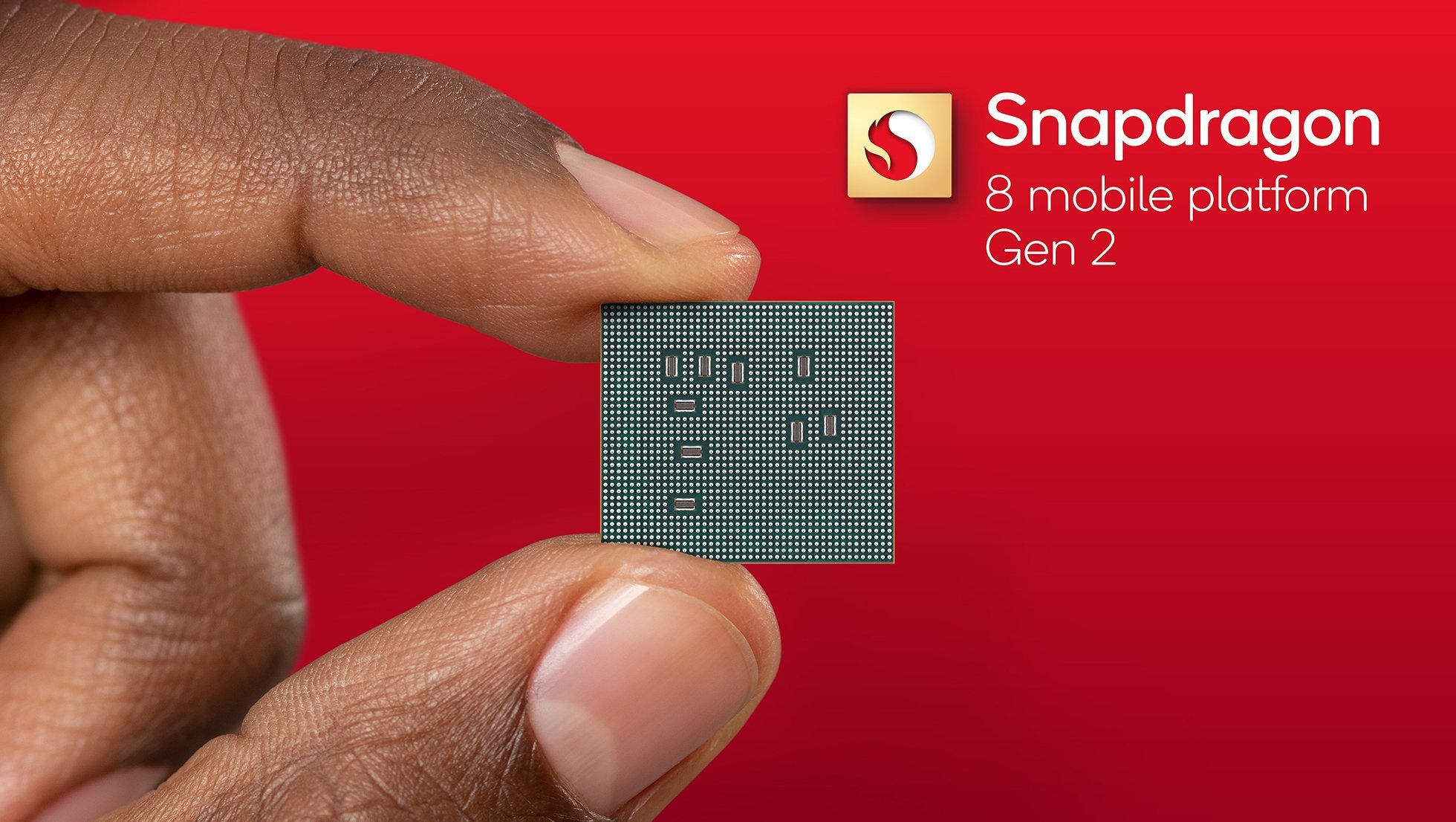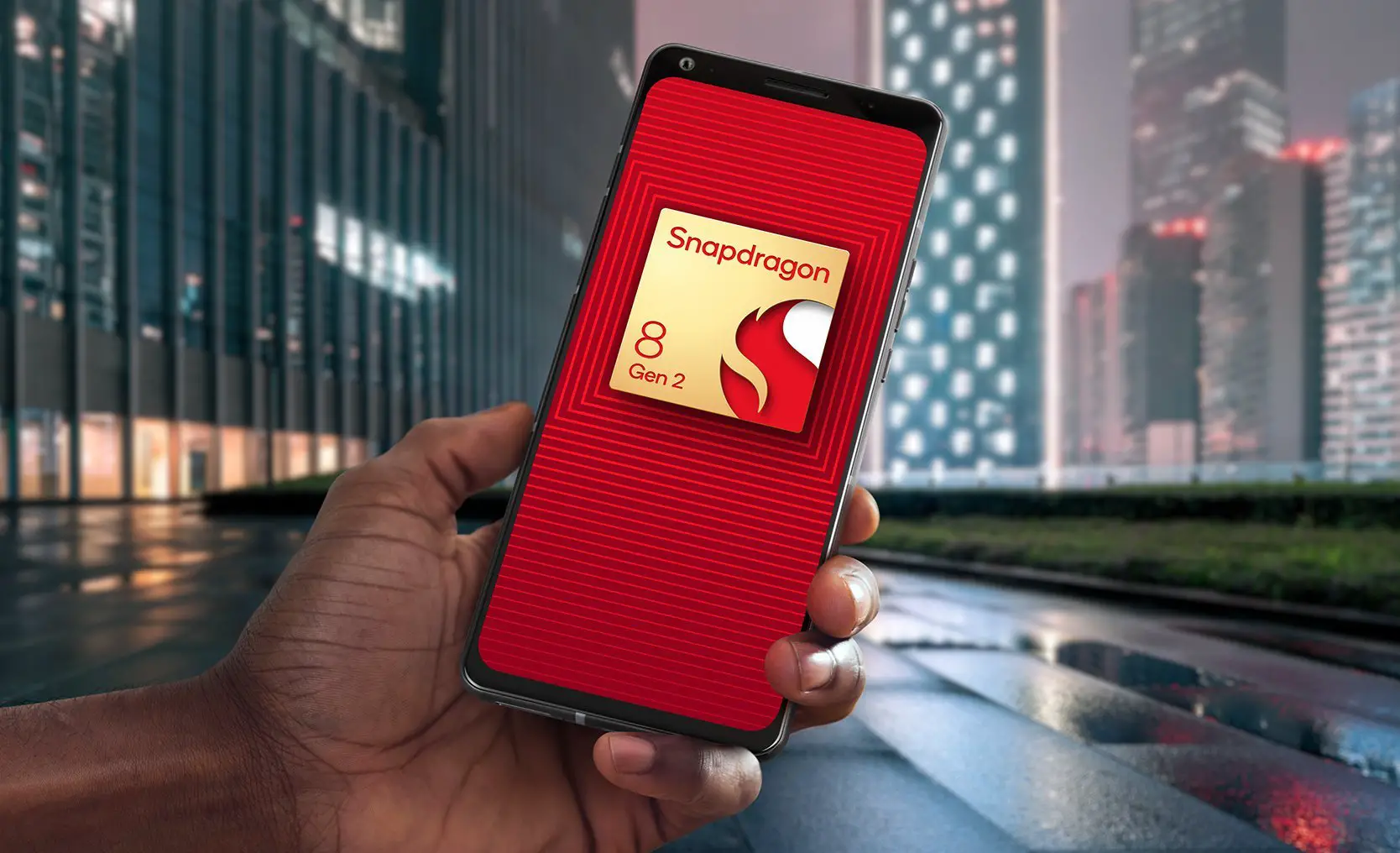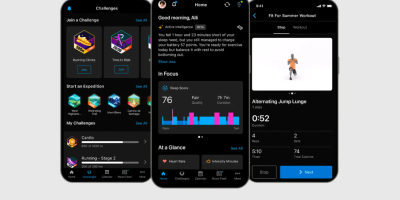Qualcomm’s Snapdragon Summit 2022 was filled a ton of great news and announcements, most especially regarding the company’s new Snapdragon 8 Gen 2 mobile computing platform. With that said, a major announcement was also made regarding the company’s partnership with Adobe. The two companies plan to work side by side in an expanded collaboration, in order to support creative experiences using Snapdragon-powered devices across mobile, compute, and XR platforms.

Adobe is no stranger to bringing over its software suite for Qualcomm devices – the company has previously developed Adobe Photoshop and Adobe Lightroom for Windows on Snapdragon devices, and it is committed to building upon these experiences for users worldwide. This includes software such as Adobe Fresco and Adobe Acrobat, which are available on Snapdragon platforms. Govind Balakrishnan, SVP for Adobe Creative Cloud Products and Services states:
“With Adobe, we’re working to bring the world’s most advanced creative and document tools to Snapdragon powered devices for creators to enable future digital experiences.” “Adobe is driving creativity and document productivity forward and our products come to life on technology platforms that are built for performance and scale,” said Govind Balakrishnan, SVP, Creative Cloud Products and Services, Adobe. “Designers, creatives and knowledge workers using Snapdragon powered devices can look forward to working with our flagship products including innovative and powerful Adobe Sensei AI technologies as they define a new era of digital experiences across surfaces and new creative mediums.”
Users will be able to experience enhanced device performance for creative tasks like graphics photo-editing thanks to Adobe Sensei and Adobe’s artificial intelligence (AI) technologies, which works in tandem with the dedicated on-device Qualcomm® AI Engine on Snapdragon compute platforms.
Additionally, both companies will work together on XR-driven authoring and consumption workflows, which will be powered by Snapdragon Spaces XR Developer Platform for VR/MR headsets and AR glasses. This opens new horizons for 3D-based content creation and editing, as well as immersive storytelling in an immersive way unlike anything seen before. This will work ideally with headworn glasses designed for 3D content.
With all this said, it should be exciting to see how Adobe and Qualcomm develop more creative experiences for creators and users in the days to come.











Comments